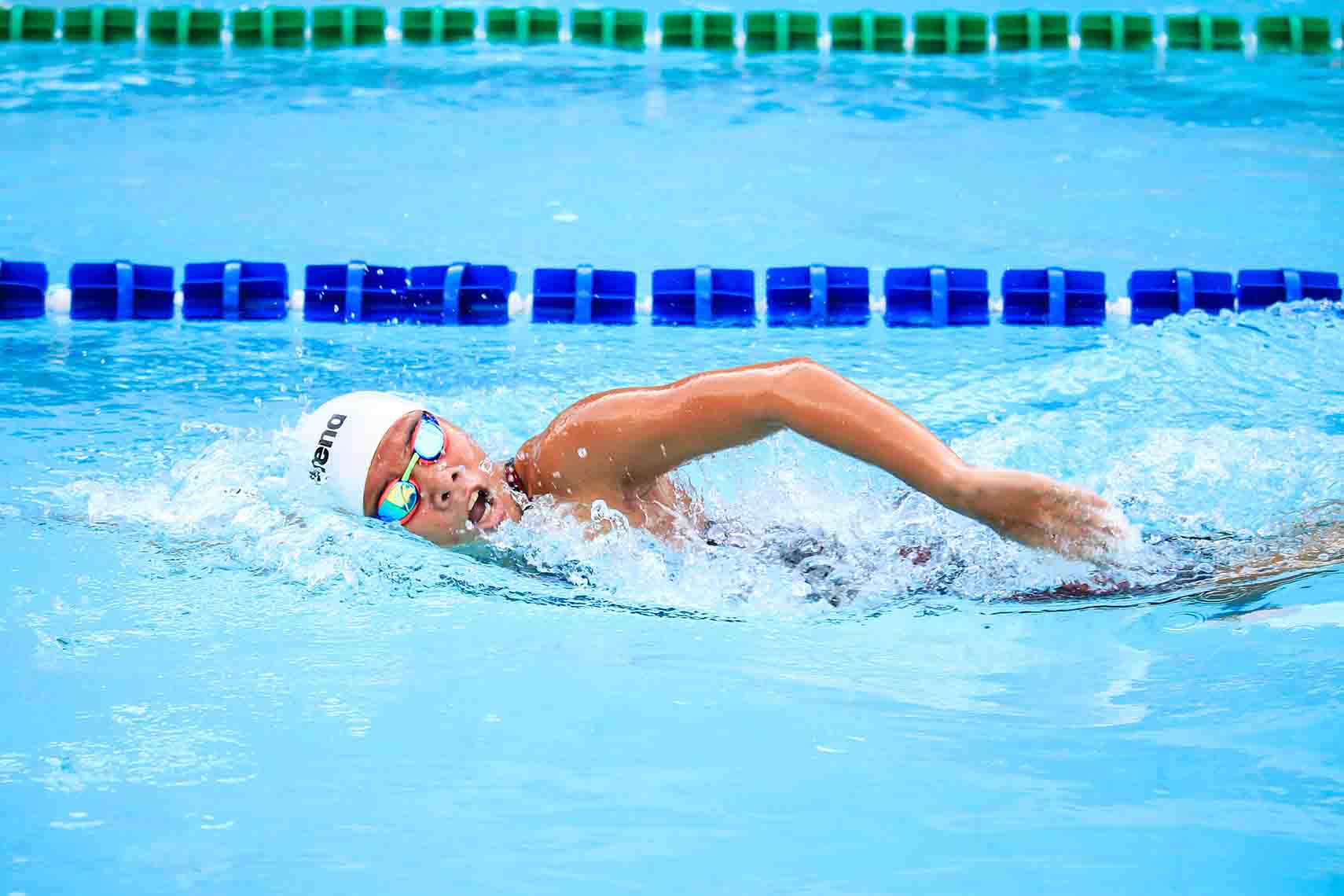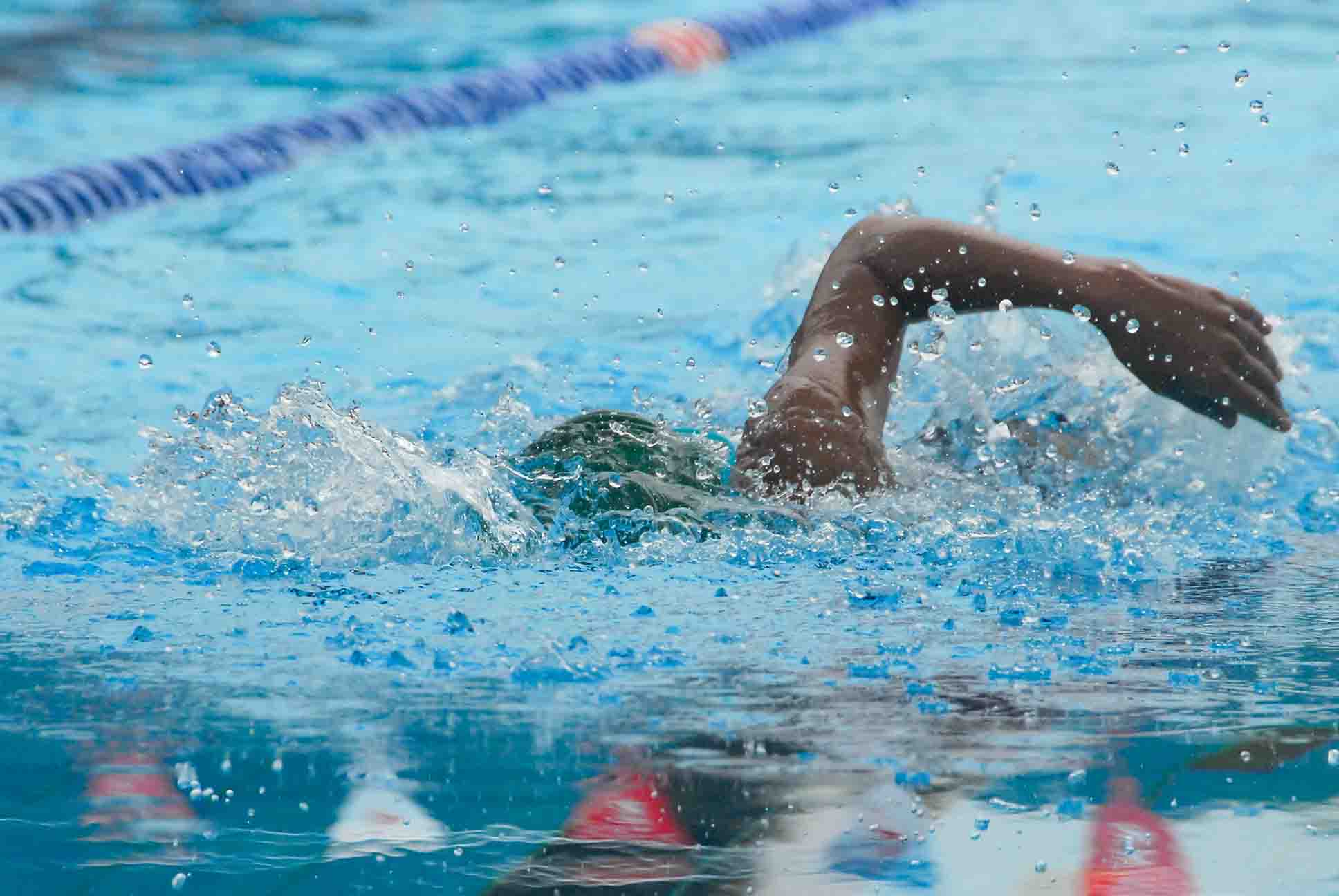Swimming and Hydrotherapy: Keeping Fit with an Injury
Swimming and hydrotherapy are great activities for all-round fitness and for those of us who get injured doing other sporting activities. I’ll tell you the reasons why swimming and hydrotherapy can help you get back on your feet quicker. We have also covered hydrotherapy in another article here.
The bad news…
Unfortunately injuries are apart of almost everyone’s life, whether you’re an elite athlete or a weekend warrior. There’s nothing worse than suffering an injury when you’re on a roll (or planning to be on a roll) with a running or exercise program. You’re then often advised to have a period of rest – how frustrating! And unfortunately, a period of rest is usually the best thing for your recovery.
The good news…
The good news is that this typically means relative rest, not complete rest. There are always alternatives to running that will maintain and even improve your fitness while rehabilitating your injury.
This rehabilitation time is an ideal opportunity to even improve your strength and fitness via different avenues with cross-training. No, not Cross Fit, cross-training. Simply, this means training differently to what you would normally. Look at this as a chance to mix up your training regime and improve in certain areas that were otherwise neglected.
This blog will explore swimming as low-impact alternative to running to kick start your cross-training period.
Benefits of Swimming
Although a lot of people don’t believe that they’re ‘the swimming type’, jumping in the pool is an excellent alternative to running. This is especially true in those with overuse injuries or those injuries that are aggravated by impact. A 30-minute session at the pool on one or more days a week will count towards your recommended weekly activity target but any amount of time exercising no matter how long or short is good for you.
Why swimming is the perfect cross-training activity:
1. Reduces Stress Levels
A survey performed by Speedo (1) showed that 74% of swimmers feel that it releases stress and tension, 68% say it helps them to feel good about themselves and 70% feel mentally refreshed after swimming.
2. Manages Weight
The amount of energy burnt depends on the intensity of the exercise. But almost all research shows that the calories burnt during a 30 minute swim is equal to, if not more than running.
3. Increases Strength AND Cardiovascular Fitness
Swimming is classified as an aerobic exercise which means you’ll be improving your cardiovascular fitness. Additionally you may also gain strength in otherwise forgotten muscles (such as the upper body in all you runners) as the resistance of water is 44 times greater than air so you are constantly working against resistance.
But the best part of swimming during rehab is:
4. It’s Low Impact
Gravity is eliminated when in the water and due to its’ buoyancy you only bear up to 10% of your body weight (2). This is ideal for most people during rehab as there is much less strain on your muscles and joints. This allows you to complete a cardiovascular based fitness session without exacerbating any injury that is irritated by the impact of running, such as:
- Tendinopathies of the lower body (Achilles, patella, gluteal…)
- Muscle Strains
- Patellofemoral Pain
- Shin Splints
- Stress Fractures
- Plantar Fasciitis
- ITB Friction Syndrome
- Lumbar Spine Pain
- Osteoarthritis
This list is not extensive and there are many more that would benefit from swimming, including upper body injuries. The use of certain pool accessories such as a kickboard or buoy can be used to decrease strain on injuries to allow you to get into the pool. A specific program tailored for your injury can be made with any of our physiotherapists at Sport and Spinal Physiotherapy. I hear a lot of people say “I’m not the swimming type”, and that’s ok! We also run hydrotherapy classes that don’t involve staring at the black line on the bottom of the pool – they’re fun, social and of course beneficial to your health and wellbeing.
Hydrotherapy – what’s the difference?
To put it simply – hydrotherapy, or aquatic physiotherapy is exercise in a warm pool as a form of treatment for specific injuries and conditions. At Sport and Spinal Physiotherapy we use the benefits of warm water and reduced impact on your joints in a supervised environment to complete rehabilitation programs. Head over to another article written by Julie – ‘Is Hydrotherapy Right for You‘ to understand the benefits of hydrotherapy in greater detail, or read on for an overview of this in an example class.
Benefits of Hydrotherapy
Reduced Impact!
The second time this is mentioned – it’s that beneficial!
Just like swimming, the biggest benefit of Hydrotherapy is the reduced impact to our bodies joints due to waters buoyancy effects. It has been reported that you bear as little as 10% of your body weight when in the water. The obvious benefit of this is that it allows you to complete your rehab exercises with much greater ease than you would on land. It also has a pain-relieving component as it reduces the pressure in weight-bearing joints such as your hips, knees and ankles and therefore allows you to move more freely with much less pain.
Increases Your Strength
When in the water there is the obvious increased resistance which we use to our advantage. We use this resistance to complete strength based exercises in a safe and controlled environment, without the fear of falling, dropping weights or losing your balance.
It’s Social
Unlike when swimming laps, your head can stay above the water to complete all our hydrotherapy classes (if you wish)! This allows you to talk to people in similar situations to yourself and what has worked from them, as well as receiving constant feedback from the physiotherapist in regards to your form and any concerns.
Example Program
Each program will be different depending on your injury, goals and current function. Each hydrotherapy class will begin with a general warm-up involving walking up and down the pool against the resistance, followed by your program. Some examples of the exercises include
Lower Body Exercises
- Squatting
- Noodle Leg Press
Upper Body Exercises
- Wide Dumbbell Pull Downs
- Chest Flies
(1) Cision PR Newswire. 2017. Swimming Helps Reduce Stress Says Speedo Survey. [ONLINE] Available at: http://www.prnewswire.com/news-releases/swimming-helps-reduce-stress-says-speedo-survey-164401686.html. [Accessed 29 September 2017
(2) Harrison, R. and Bulstrode, S., 1987. Percentage weight-bearing during partial immersion in the hydrotherapy pool. Physiotherapy Practice, 3(2), pp.60-63



